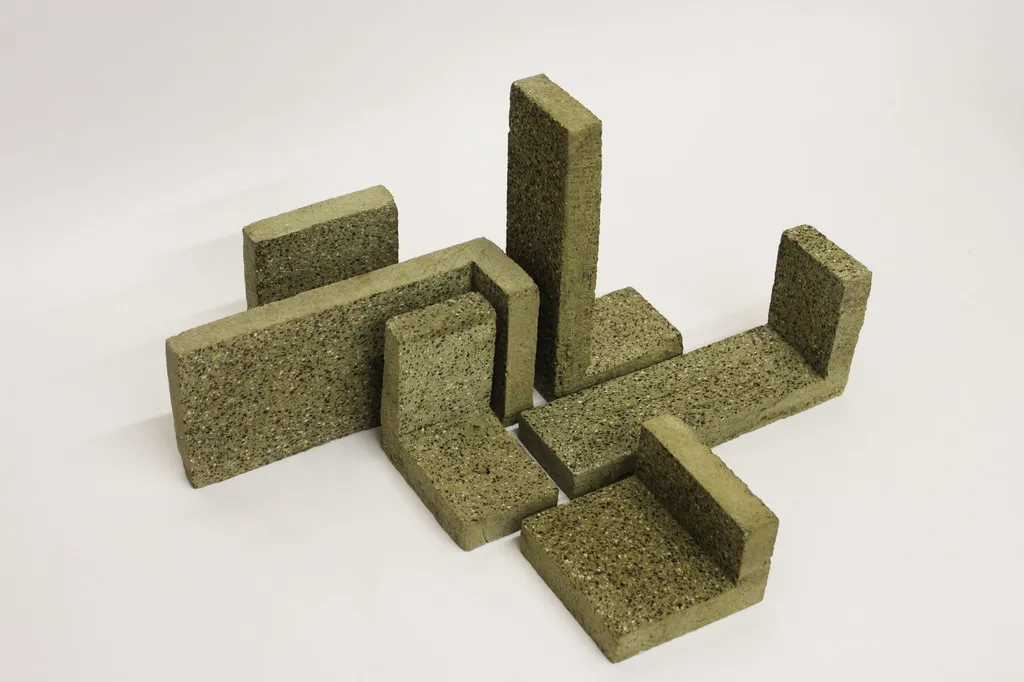In the heart of Morocco, a novel approach to sustainable construction is taking root, quite literally, in the form of pistachio shells. Researchers, led by Aziz El-yahyaoui from the Laboratory of Mechanics, Mechatronics and Command Team of Electrical Energy, Maintenance and Innovation at Moulay Ismail University, have discovered a way to transform agricultural waste into eco-friendly, high-performance construction materials. Their findings, published in the journal Cleaner Engineering and Technology (translated to English as “Cleaner Engineering and Technology”), could revolutionize the energy sector by offering a greener alternative to traditional building materials.
The study focuses on the Taounate region in northern Morocco, known for its pistachio cultivation. Each year, this industry generates a significant amount of waste in the form of pistachio shells. El-yahyaoui and his team saw an opportunity to repurpose this waste, combining it with locally sourced clay to create non-fired bricks. “We aimed to tackle two issues at once: reducing agricultural waste and promoting sustainable construction,” El-yahyaoui explained.
The team experimented with varying amounts of pistachio shell content, from 0% to 20%, and different particle sizes. They found that incorporating smaller pistachio shell particles into the clay mixture significantly improved the bricks’ physical, mechanical, and thermal properties. “The smaller the particle size, the better the performance,” El-yahyaoui noted. “We observed an 8% increase in compressive strength and a 23% improvement in thermal conductivity with finer particles.”
The optimal balance between strength and insulation was achieved with additive dosages of 7%, 8%, and 9% for large, medium, and small grains, respectively. These bricks outperformed conventional industrial ones, offering a promising alternative for the construction industry.
The implications for the energy sector are substantial. Buildings account for a significant portion of global energy consumption, largely due to heating and cooling. By improving thermal insulation, these innovative bricks can reduce energy demand, lowering carbon emissions and contributing to a more sustainable future.
Moreover, the use of local materials and waste reduction can stimulate the local economy. “This approach not only benefits the environment but also creates economic opportunities for local communities,” El-yahyaoui added.
As the world grapples with climate change and resource depletion, research like this offers a beacon of hope. By thinking creatively and sustainably, we can transform waste into opportunity and pave the way for a greener future. The study published in Cleaner Engineering and Technology serves as a testament to the power of innovation in driving positive change.
In the coming years, we may see more construction projects incorporating agricultural waste, not just in Morocco but around the world. This shift could redefine industry standards, making sustainability a cornerstone of modern construction. As El-yahyaoui’s research demonstrates, the future of building is not just about erecting structures but about nurturing a harmonious relationship between industry, agriculture, and the environment.

